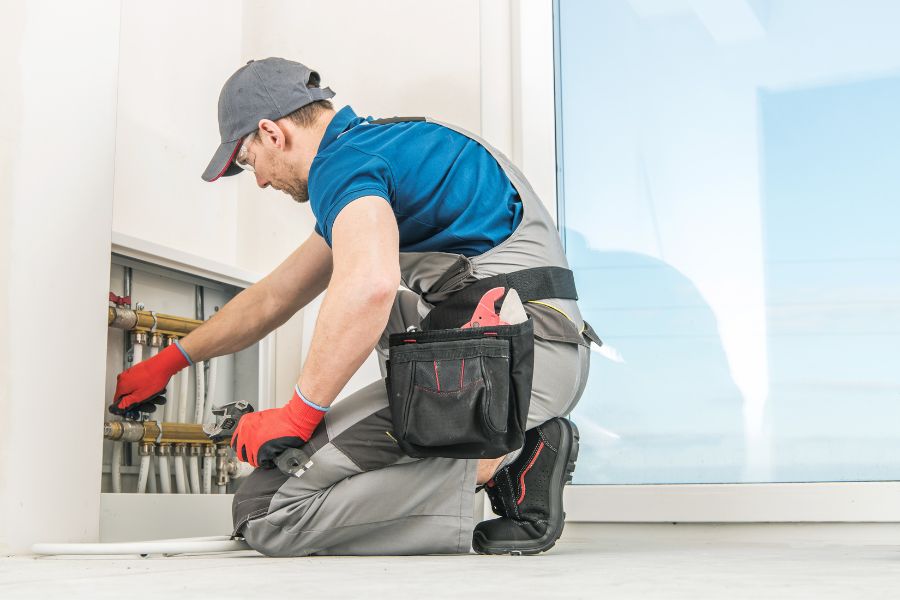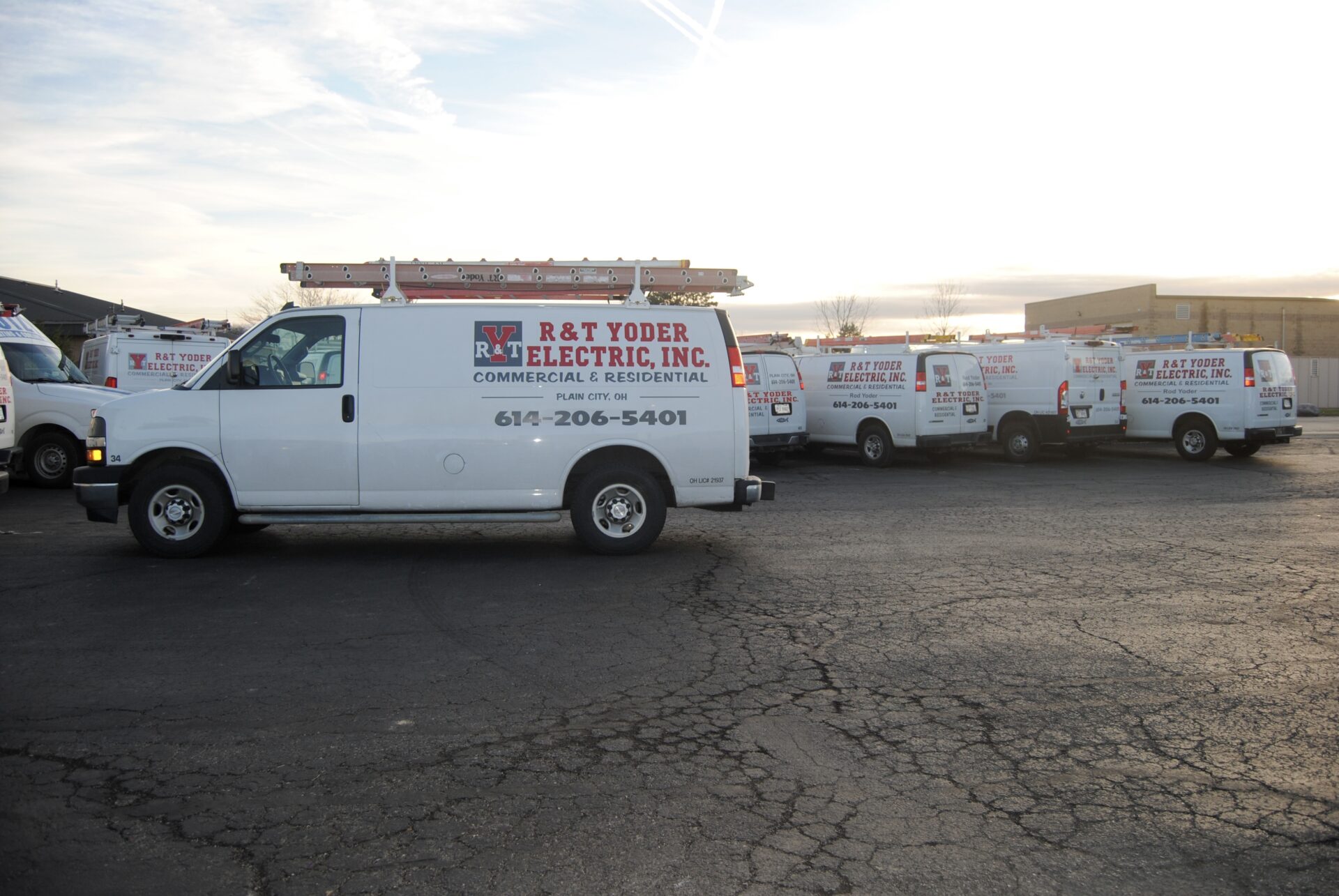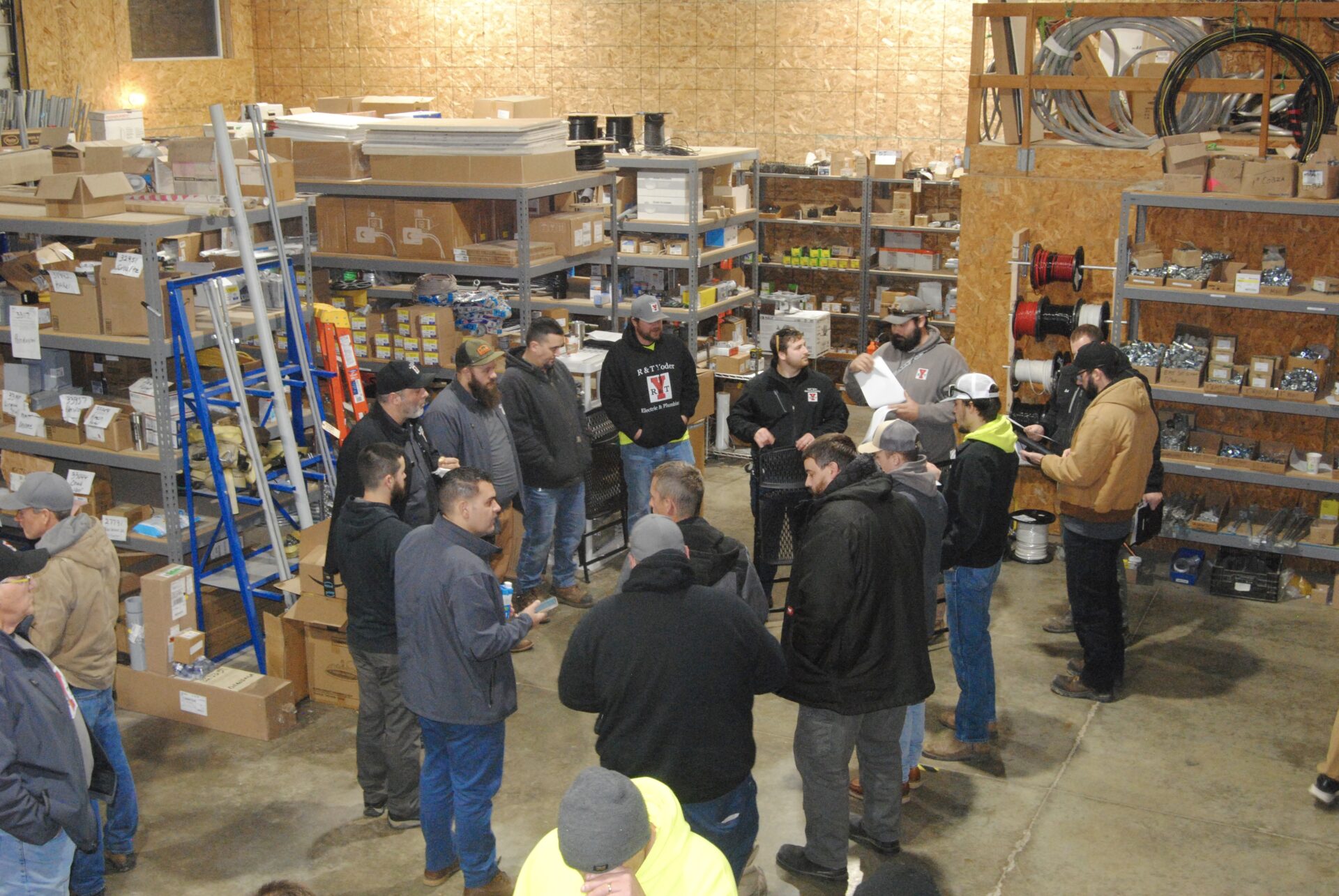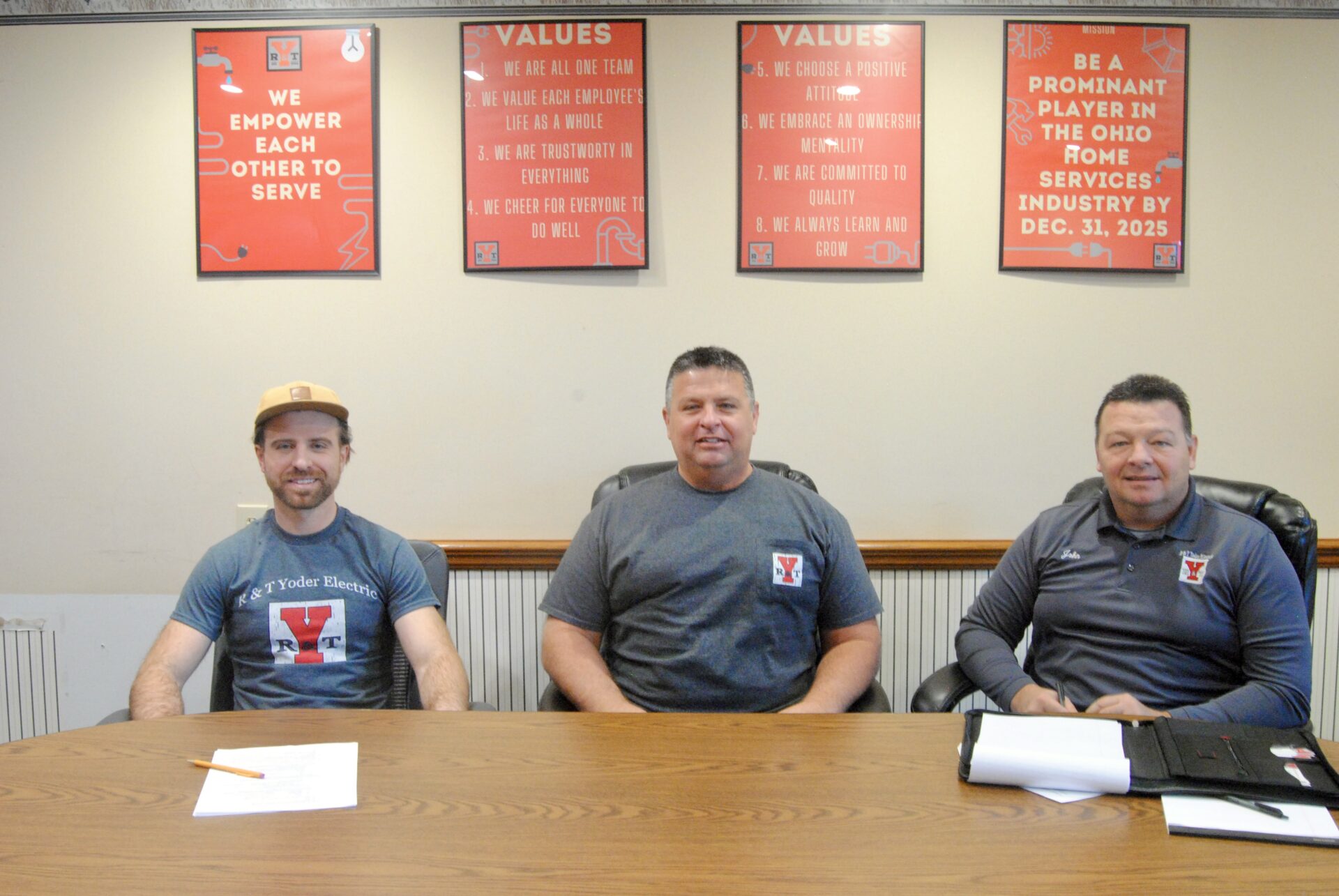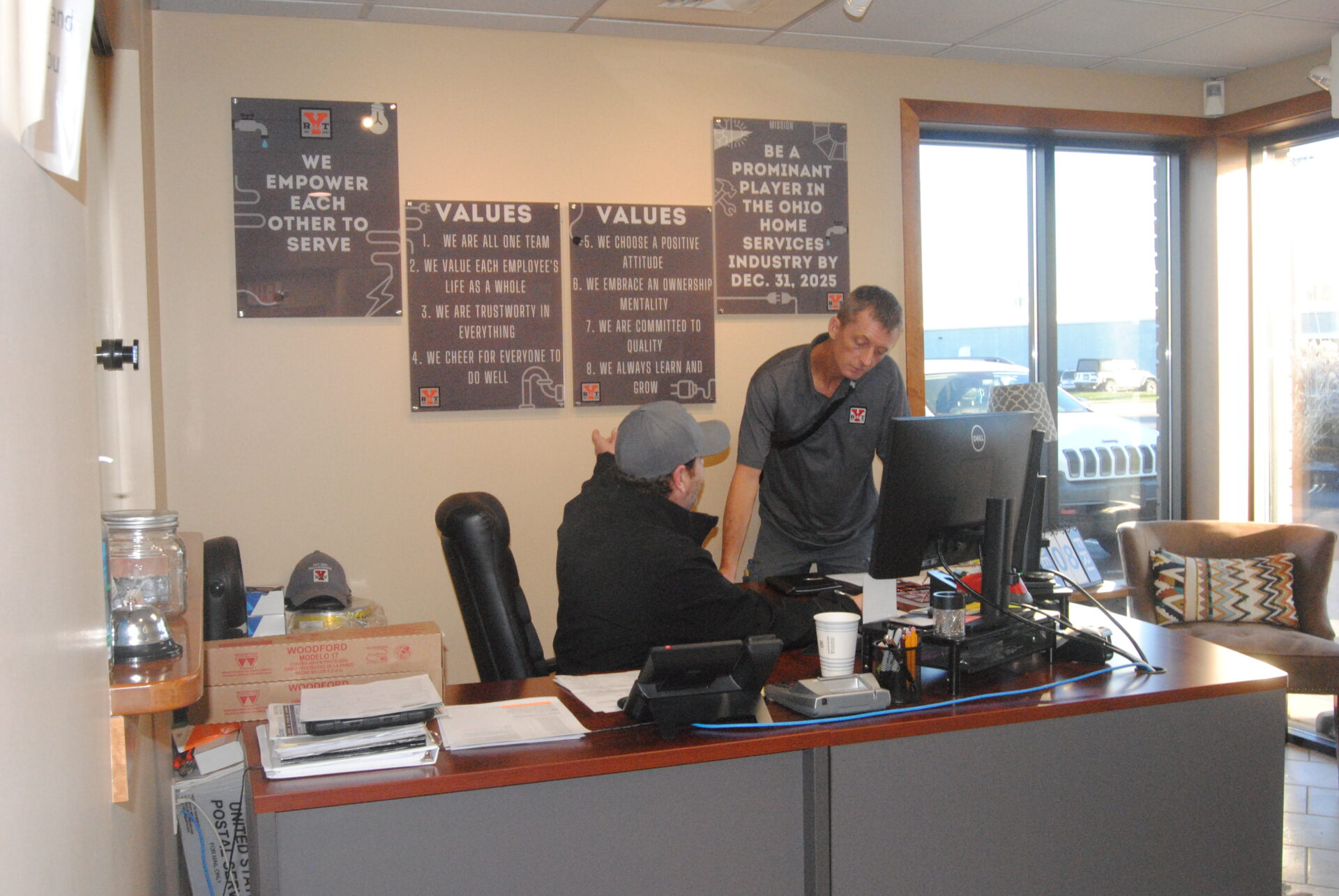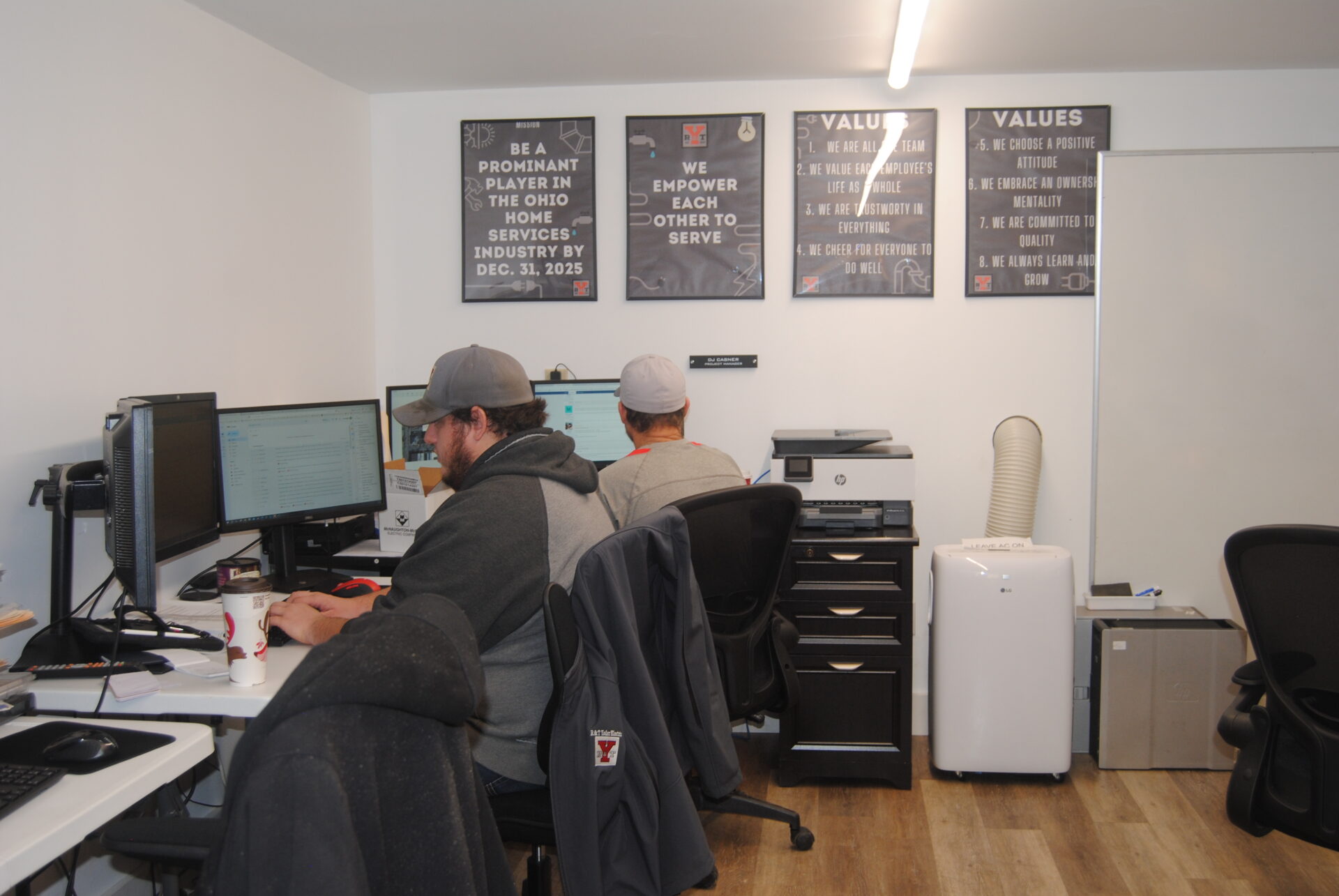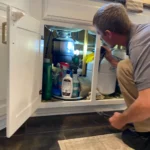Importance of Regular Plumbing Maintenance
Maintaining a well-functioning plumbing system is essential for every homeowner. Regular plumbing maintenance ensures that water flows efficiently, appliances function smoothly, and costly repairs are avoided. Proper upkeep prolongs the life of plumbing components, preserves water quality, and minimizes the risk of unexpected breakdowns. Proactive maintenance not only addresses small issues before they grow but also optimizes the entire water flow within your home. It also ensures that all plumbing elements work harmoniously, providing comfort and peace of mind.
Consequences of Neglecting Plumbing Care
Neglecting plumbing maintenance can lead to leaks, water damage, high utility bills, and hazardous mold growth. Ignoring minor problems allows them to escalate, resulting in significant damage and expenses. Consistent care prevents these issues, safeguarding your home’s structural integrity and comfort. Small drips and clogs left unchecked can lead to major flooding or severe damage, affecting both the property and your financial resources.
Understanding Your Home’s Plumbing System
Key Components: Pipes, Fixtures, and Appliances
A home’s plumbing system includes pipes, fixtures, and appliances such as sinks, toilets, water heaters, and washing machines. The pipes are the main arteries, carrying water to different areas, while the fixtures serve as access points. Appliances that rely on water, like dishwashers and washing machines, must also function optimally to maintain balance in your plumbing system. Ensuring that each of these elements is in good condition prevents malfunctions that could disrupt daily routines.
Identifying Main Water and Shut-Off Valves
Knowing the location of the main water shut-off valve and individual shut-offs for appliances is crucial. In the event of a leak or emergency, quickly shutting off the water can prevent damage. Regularly check these valves to ensure they’re accessible and functioning properly. When an emergency happens, every second counts, and having this knowledge can be the difference between a minor inconvenience and a costly disaster.
Inspecting Pipes for Leaks and Corrosion
Signs of Leaks to Watch For
Common signs of leaks include damp spots, unexplained water puddles, and higher-than-usual water bills. Listen for running water when no fixtures are in use, as this could indicate a hidden leak within walls or floors. Early detection allows you to repair small leaks before they become severe. Checking for these signs during routine maintenance can help identify potential problems before they lead to significant damage.
How to Identify Early Signs of Corrosion
Corrosion can cause weakened pipes, leading to leaks or bursts. Look for discoloration, flaking, or warping on metal pipes. Rusty or metallic-smelling water can also indicate pipe corrosion. Regular inspections help prevent unexpected bursts and costly damage. Addressing corrosion as soon as it is detected can save both time and money, preventing extensive repairs.
Preventing Pipe Clogs and Blockages
Common Causes of Clogs in Kitchen and Bathroom Drains
Kitchen drains often clog due to grease, food particles, and soap buildup, while bathroom drains collect hair, soap scum, and debris. Grease can harden, restricting water flow, and hair and soap can create a sticky combination that accumulates over time. Understanding the common causes helps you take preventative measures to keep your drains clear and reduce the likelihood of plumbing problems.
DIY Tips for Keeping Drains Clear
Regularly flushing drains with hot water, using drain strainers, and avoiding the disposal of grease can help keep pipes clear. Monthly maintenance with baking soda and vinegar also prevents clogs without harsh chemicals. Pouring hot water down the drain weekly can help dissolve buildup before it becomes problematic. This routine will ensure that your drains remain clear and functioning efficiently, saving you from future headaches.
Managing Water Pressure Levels
Ideal Water Pressure Range for Home Plumbing
Water pressure that is too high can damage pipes and appliances, while low pressure affects functionality. The ideal water pressure is between 40-60 psi, providing balance for most household needs. Maintaining an appropriate pressure level ensures the longevity of your plumbing system and keeps everything running smoothly, without strain on the pipes or appliances.
Testing and Adjusting Water Pressure
A water pressure gauge, available at most hardware stores, is a simple tool for monitoring pressure. If adjustments are needed, a professional plumber can install or adjust a pressure regulator to maintain a safe level. Regularly testing water pressure helps identify problems early on and prevents damage that might result from excessive force within the system.
Maintaining Your Water Heater
Annual Water Heater Inspection
Regular inspections of your water heater prevent unexpected failures. Check for leaks, listen for unusual sounds, and ensure the temperature setting is between 120-140°F for optimal performance and safety. An annual inspection also includes checking the pressure relief valve. This ensures your water heater operates efficiently, providing a reliable hot water supply without risking damage or breakdown.
Flushing Your Water Heater to Prevent Sediment Build-Up
Over time, sediment builds up inside your water heater, reducing efficiency. Annual flushing removes sediment, extending the life of the heater and ensuring consistent hot water supply. Sediment buildup can lead to uneven heating, increased energy consumption, and even damage. By flushing out the heater, you can maintain a consistent water temperature and avoid unnecessary energy use.
Caring for Kitchen Plumbing
Best Practices for Garbage Disposal Use
To keep your garbage disposal running smoothly, avoid grinding fibrous foods, eggshells, or coffee grounds. Flush it with cold water during use, and occasionally clean it with a mixture of ice and salt. Cold water keeps fats solidified, making them easier to process. Proper use of the garbage disposal prevents clogs and extends the life of the appliance, ensuring it remains in good working order.
Keeping Sink Drains Clean and Odor-Free
Prevent odors by cleaning kitchen sink drains with baking soda and vinegar. Avoid pouring grease down the sink, as it can solidify and block pipes. Regularly running hot water through the sink helps wash away any buildup, keeping the drains clear and odor-free. A clean drain prevents unpleasant smells from lingering in the kitchen and maintains an optimal plumbing system.
Bathroom Plumbing Maintenance
Preventing Toilet Clogs
Use toilet paper sparingly, and avoid flushing non-biodegradable items, such as wipes or feminine hygiene products. Teaching household members what can and cannot be flushed is key to preventing costly repairs. When a clog does occur, using a plunger is often enough to dislodge it. Preventative habits help keep your bathroom plumbing in excellent shape and minimize the risk of blockages.
Cleaning Showerheads and Faucets to Prevent Mineral Build-Up
Hard water leaves mineral deposits on showerheads and faucets. Regular cleaning with vinegar prevents buildup, maintaining water flow and reducing strain on fixtures. Removing showerheads and soaking them in vinegar restores proper flow. These simple cleaning steps ensure that your fixtures perform efficiently and reduce wear and tear.
Protecting Pipes in Cold Weather
Insulating Pipes to Prevent Freezing
Exposed pipes are susceptible to freezing during winter. Insulating pipes in unheated areas, like basements or garages, helps prevent freezing and reduces the risk of bursting. Using foam pipe insulation or heating tape keeps pipes warmer, even in extreme conditions. Insulating pipes is a proactive measure that can prevent major disruptions during the colder months.
Steps to Take Before Winter
Before winter, disconnect outdoor hoses, drain exterior faucets, and cover exposed pipes with foam insulation. Leaving cabinet doors under sinks open allows warm air to circulate around the pipes. These steps safeguard your plumbing system against freezing temperatures and minimize the risk of burst pipes during extreme weather.
Preventing Mold and Mildew Growth
Checking for Hidden Moisture
Moisture accumulates in areas with poor ventilation, creating conditions for mold growth. Regularly inspect cabinets under sinks, around fixtures, and in basements to catch early signs of moisture. Identifying and addressing moisture buildup early helps prevent health risks and property damage. Vigilance in monitoring moisture helps maintain a healthy indoor environment and avoids expensive mold remediation.
Proper Ventilation and Dehumidification
Ensure proper ventilation in bathrooms, kitchens, and basements to reduce moisture levels. Installing exhaust fans and using dehumidifiers where necessary helps in preventing mold and mildew. Dehumidifiers keep damp areas dry, eliminating the conditions in which mold thrives. A well-ventilated home is healthier and less susceptible to mold growth.
Handling Minor Plumbing Repairs
Replacing Washers and Seals
Leaky faucets are often caused by worn washers or seals. Replacing these small components prevents water waste and keeps fixtures in top condition. A dripping faucet may seem minor, but over time it can waste significant amounts of water, impacting both the environment and your wallet. Addressing small leaks promptly helps conserve water and save on utility bills.
Tightening Loose Fixtures and Connections
Loose fittings can cause leaks or inefficient water flow. Periodically check fixtures and use a wrench to tighten connections to prevent issues from developing. Ensuring all fixtures are secure keeps your plumbing functioning efficiently and minimizes the risk of sudden leaks or failures.
Maintaining Outdoor Plumbing
Inspecting Outdoor Faucets and Hoses
Outdoor plumbing is exposed to the elements, making it prone to wear. Check outdoor faucets and hoses for leaks, and replace any damaged components to ensure proper functionality. Disconnecting and storing hoses during winter protects them from damage. Regularly inspecting outdoor plumbing helps maintain its functionality and reduces the risk of seasonal damage.
Preparing Outdoor Plumbing for Seasonal Changes
In cold climates, prepare outdoor plumbing for winter by draining hoses, covering faucets, and insulating exposed pipes. Frostproof spigots are also a good investment for areas prone to cold weather. Seasonal maintenance of outdoor plumbing keeps it ready to function properly and helps prevent costly repairs due to frost damage.
Using Eco-Friendly Plumbing Solutions
Water-Saving Fixtures and Appliances
Installing low-flow showerheads, dual-flush toilets, and water-efficient dishwashers reduces water usage and promotes sustainability. These fixtures are designed to maintain performance while reducing water consumption, leading to noticeable savings on water bills. Investing in eco-friendly solutions helps conserve resources and benefits the environment.
Non-Toxic Drain Cleaners and Alternatives
Avoid harsh chemicals that can damage pipes over time. Opt for natural drain cleaners, like baking soda and vinegar, or use enzymatic drain cleaners for effective, eco-friendly maintenance. Chemical-free alternatives keep your plumbing system in good condition without harming the environment, promoting a safer and more sustainable home.

